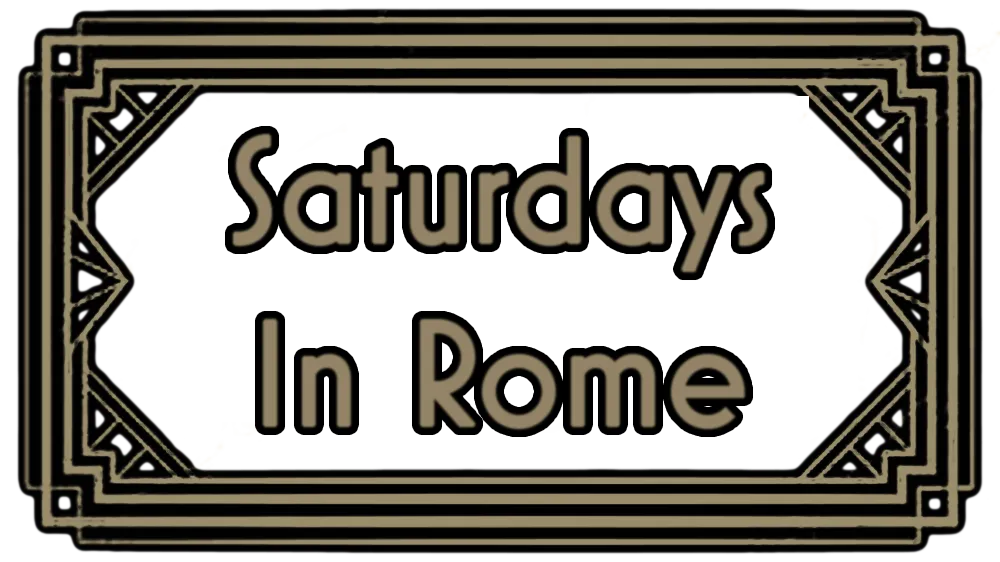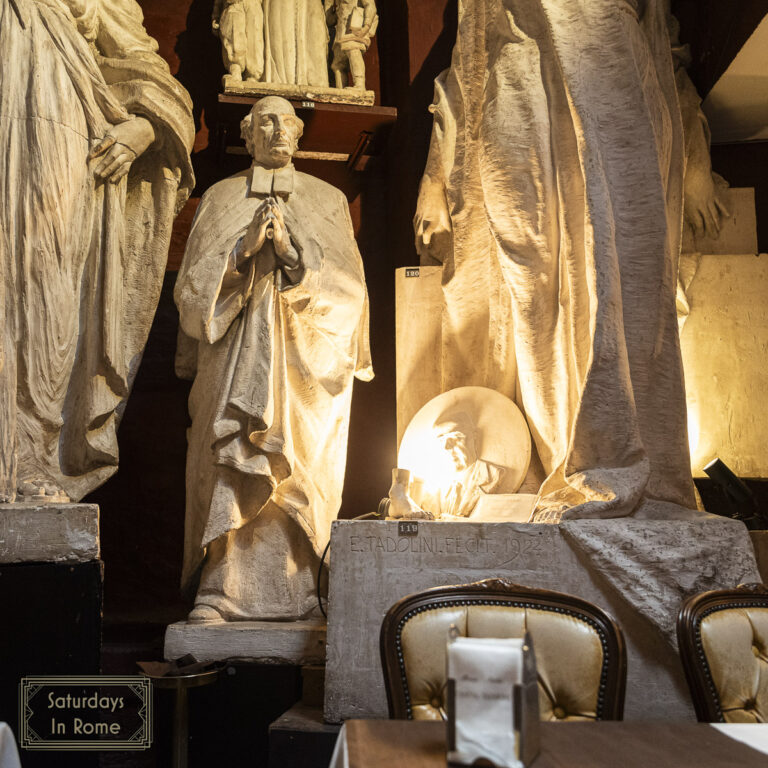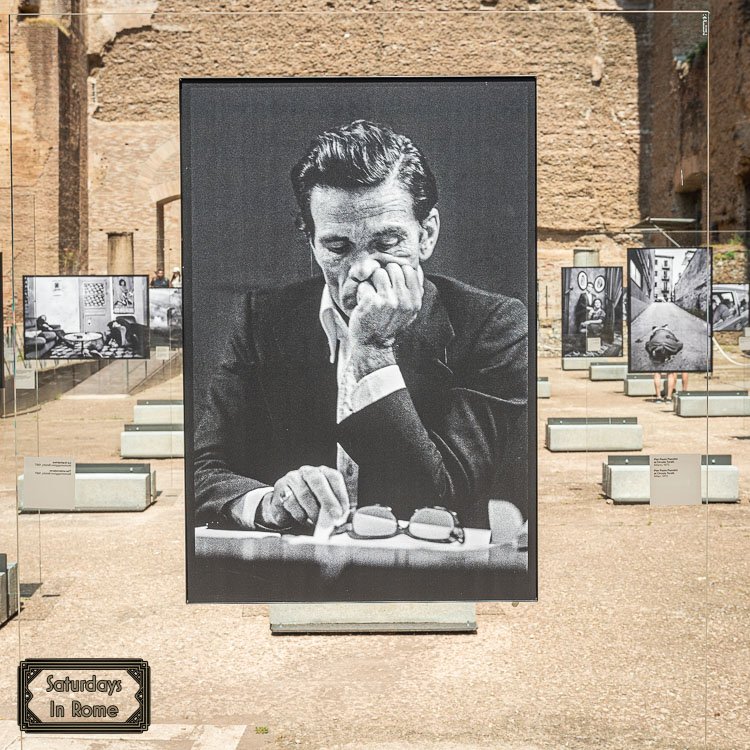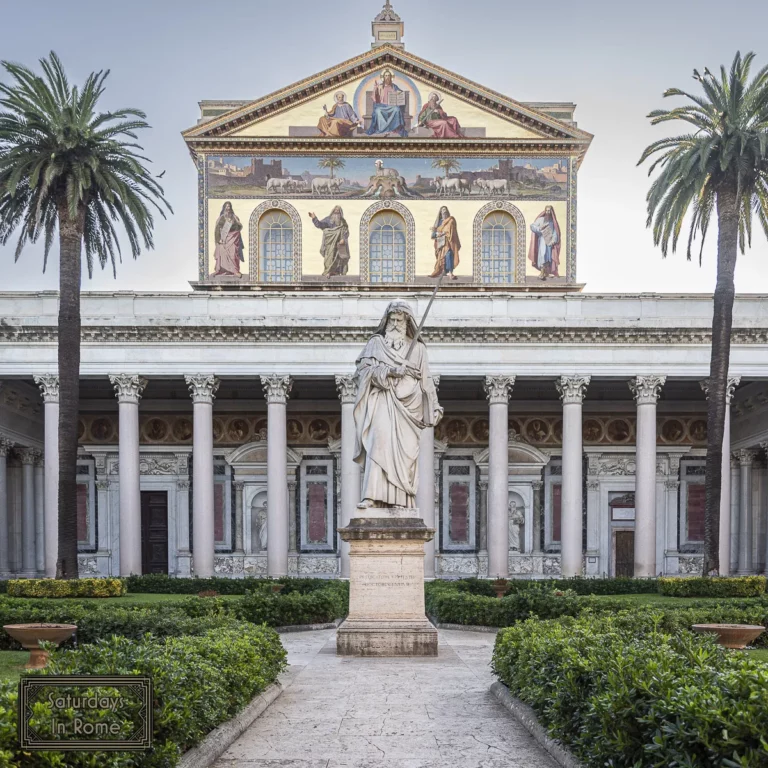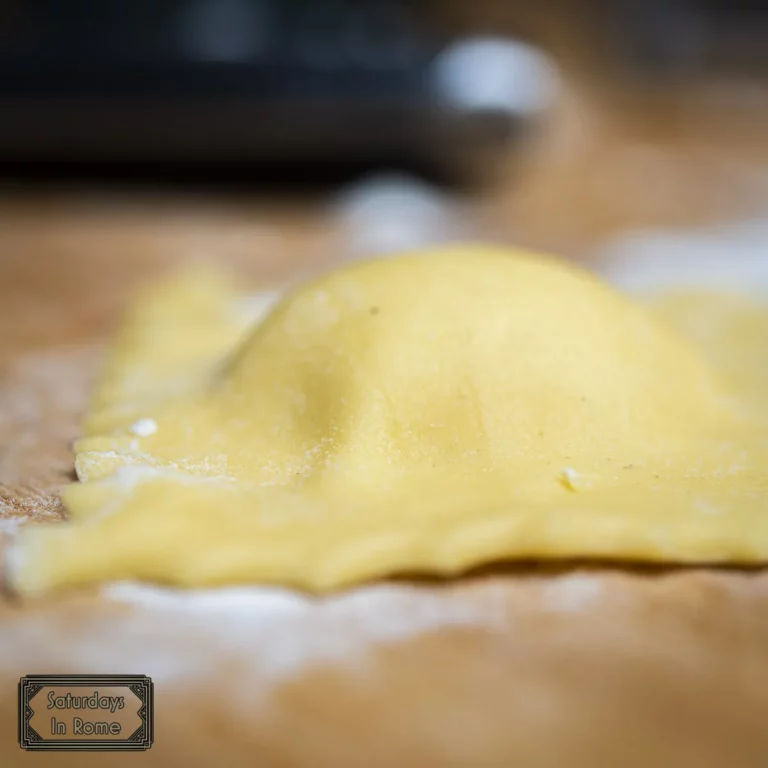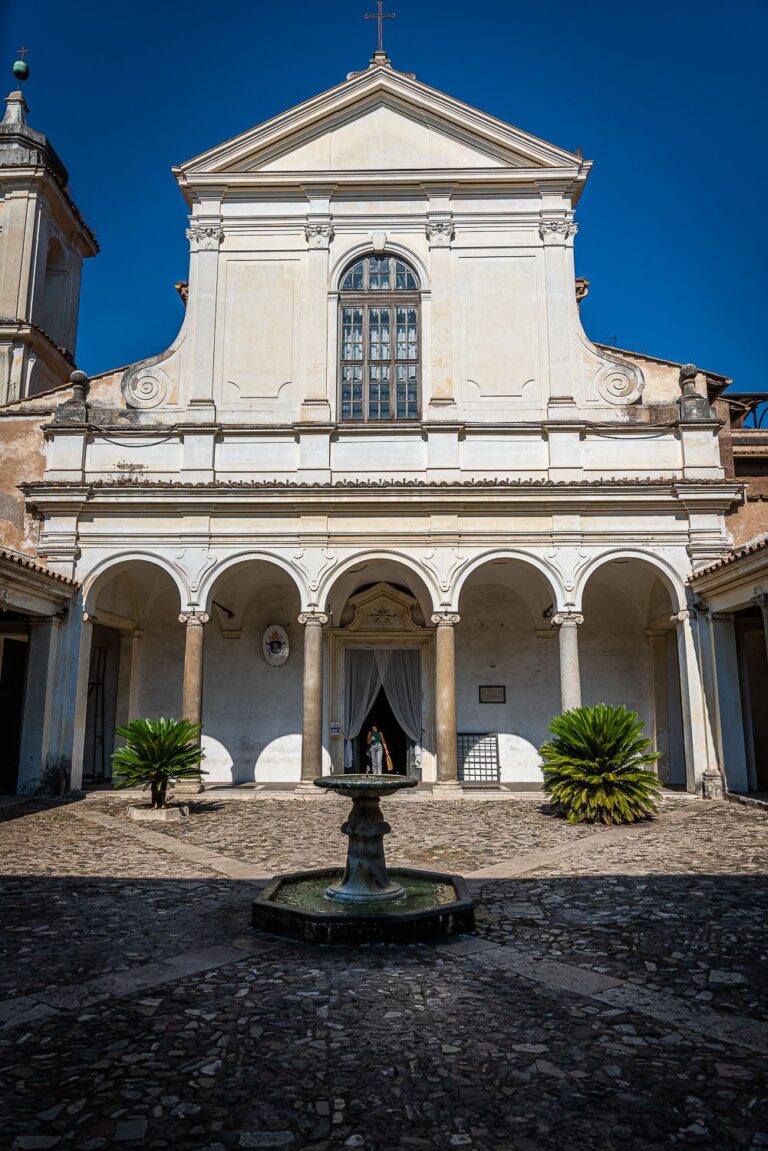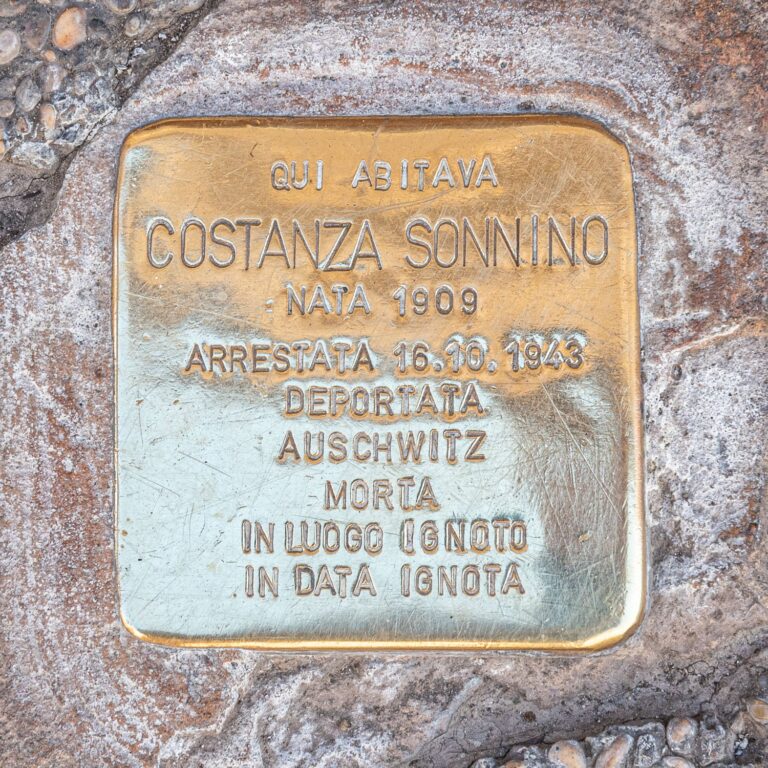These Famous Fountains In Rome Are Definitely My Favorites
These famous fountains in Rome were used to decorate parks, honor people and as a source of entertainment, and as you walk around Rome they’ll become your favorites.
Lion Fountain in Piazza del Popolo
The public fountains in Rome can serve many purposes. Obviously they were needed as a source of water for the residents in the time before home plumbing. They were also used as a way to decorate parks and public squares. In some cases they were used to honor people or events and even used as a source of entertainment and recreation. Let’s not forget the most important purpose, which is as a place to throw your coins with the hope of getting your wish granted, including a return to Rome.
Need Help Planning?
- Cheap Flights: Find The Most Affordable Flights.
- Accommodations: From 1 to 5 Stars And More.
- Car Rentals: Affordable Travel Across Italy.
- Sightseeing Tours: Explore Some Amazing Tours.
- Buying An eSIM: Stay Connected In Italy.
This post includes affiliate links.
It’s true that the ubiquitous fountains of Rome are enough of a reason to visit the city. The fountains of the Italian capital are all beautiful, but I wanted to draw your attention to my favorites, which are the Trevi Fountain, the Fountain of the Four Rivers, La Fontana delle Tartarughe, La Fontana dell’Acqua Paola and lastly La Barcaccia.
What is the name of the most famous fountain in Rome?
The Trevi Fountain is the most famous fountain in Rome. It is the most spectacular and largest fountain in Rome that is one of the major sites and symbols of the Eternal City.
The Trevi Fountain (a.k.a. La Fontana di Trevi)
Symbol of par excellence of Rome, which has become one of the essential stops on a visit to the city, the Trevi Fountain amazes not only for its beauty, but also for its fascinating history. Particularly exalted by Fellini’s film “La Dolce Vita”, it welcomes hundreds of visitors every day, ready to throw a coin into its precious basin.
How old is Trevi fountain in Rome?
Construction started on Trevi Fountain in 1732 and continued until 1762. This makes the fountain older than the US at 260 years old, as of 2022.
What area of Rome is the Trevi Fountain?
The Trevi Fountain is unsurprisingly in the Trevi section (Rione) of Rome. This area is close to the political center of Rome, which includes the Quirinale Palace, the home of the President of Italy. It is also a short walk to Barberini’s Fontana del Tritone at one end of Via del Tritone.
The Trevi Fountain is the most spectacular and largest fountain in Rome at almost 65 feet wide and 85 feet high and it should not be surprising that the fountain uses more than 2,824,800 cubic feet of water every single day. Today the water is recycled instead of being wasted as it was in the past.
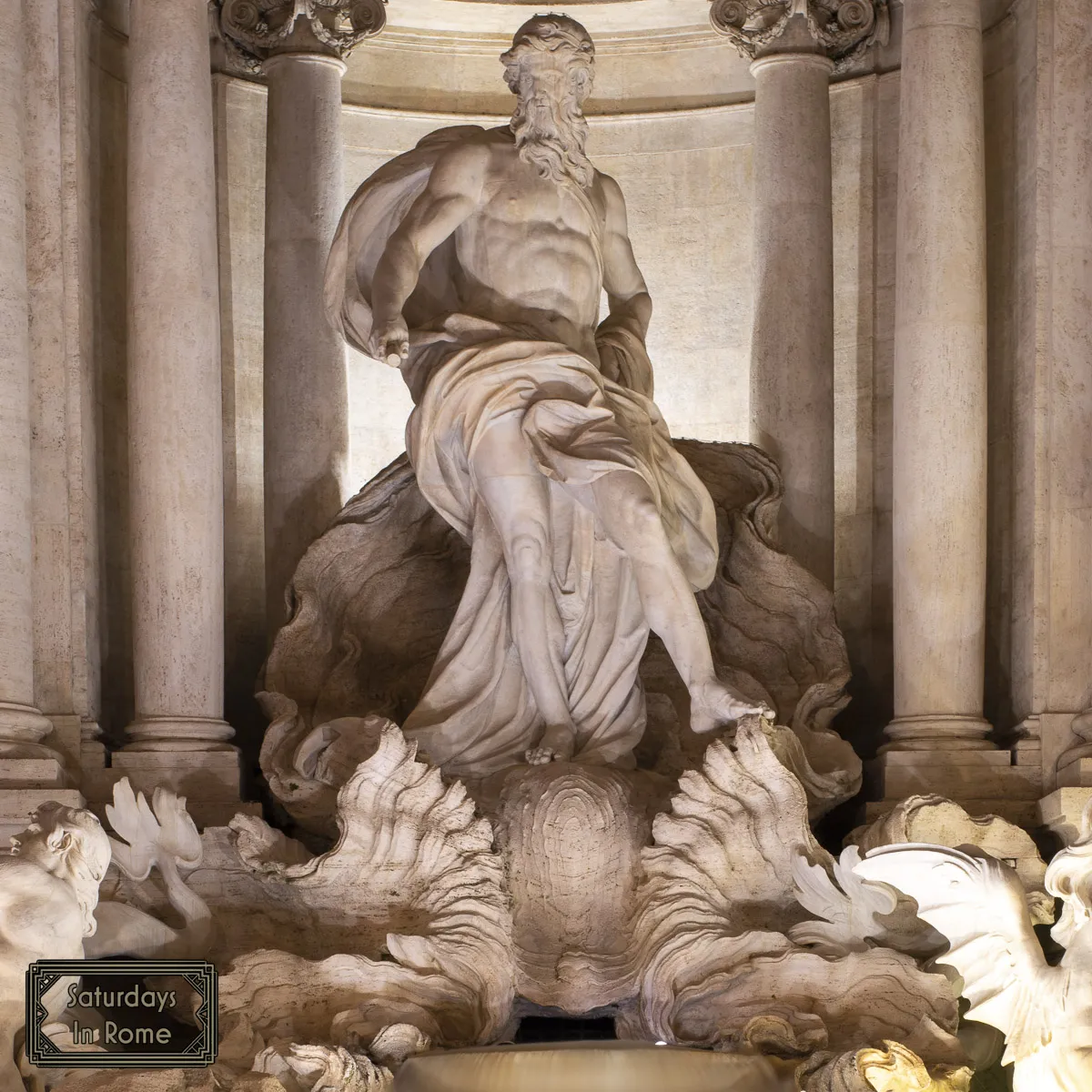
Through occasional cleanings, the water in the fountain is kept crystal clear and while it might seem like a good idea to frolic in the water, I can assure you it is not. With a continuous police presence who are watching for someone wanting to recreate the famous scene with Anita Ekberg inviting Marcello Mastroianni to join her in the water from the famous film directed by Federico Fellini, La Dolce Vita, they are ready, willing and more than able to ruin your trip to Rome with a hefty fine, and who can blame them?
How much money is thrown into Rome’s Trevi Fountain every day?
One other tradition that you can partake in is the tossing of coins into the fountain. There are estimates that approximately €3,000 every day are tossed into the fountain for good luck.
Made popular by the movie Three Coins In The Fountain, the legend has it that if you throw a coin with your right hand backwards over your left shoulder into the fountain and wish to return to Rome, you will. If you are wondering what happens with these coins, they are now regularly collected and donated to the Roman Catholic charity Caritas which is a nonprofit that provides food to the poor, which is better than the old process of allowing a Roman thief to scoop up the coins for himself. Yes, he was arrested multiple times and died in 2013.
The scenes of these famous movies have contributed to the fountain’s iconic status. People dream of seeing it and taking pictures of it at least once in their lifetime.
The Fountain of the Four Rivers (La Fontana dei Quattro Fiumi)
This fountain in Piazza Navona was designed in 1651 by Gian Lorenzo Bernini. It contains a copy of an Egyptian obelisk with the Pamphili family emblem of a dove with an olive twig. The four sides of the fountain represent the four major rivers of four continents: the Nile representing Africa, the Danube representing Europe, the Ganges representing Asia, and the Río de la Plata representing the Americas.
Four Rivers Fountain in Piazza Navona
One reason I love this fountain, in addition to its beauty and location, is the legend of the rivalry between Bernini and Francesco Borromini. There is an angle of a man shielding his direct line of sight in horror from the beautiful church of Saint Agnes in Agone by Borromini also in Piazza Navona. The idea was that Bernini wanted to insult Borromini because of their rivalry, but alas, it isn’t true because Bernini built the fountain long before the church was built.
The Turtle Fountain (La Fontana delle Tartarughe)
I first became aware of and immediately fell in love with the Turtle Fountain when I was introduced to it as part of a tour of the Ghetto in Rome. If you have never been to Rome, or Piazza Mattei, you might also have seen the fountain in a few scenes in the movie The Talented Mr. Ripley or read about it as the setting for the book Midnight in the Piazza by Tiffany Parks.
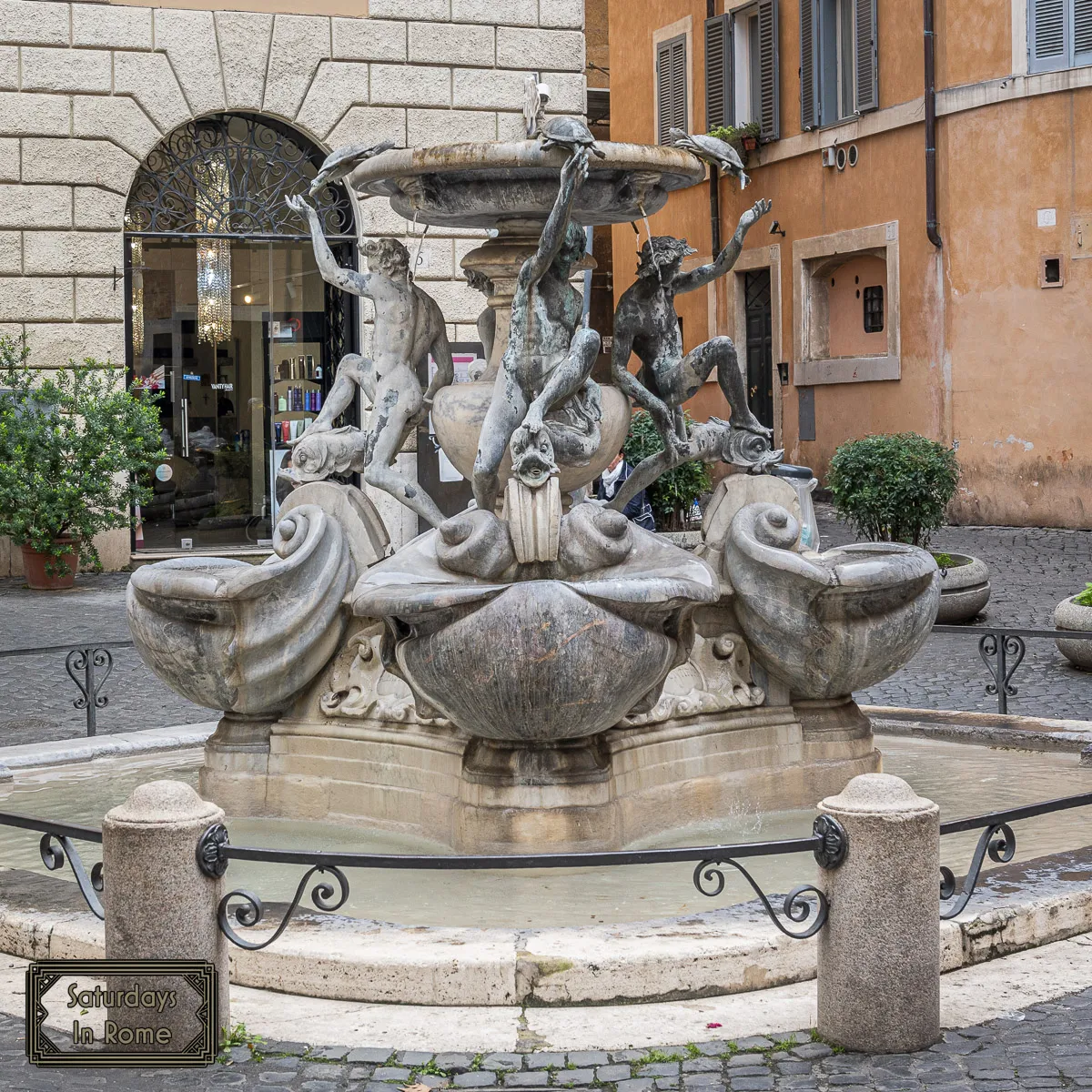
One of the few fountains built for a private patron instead of for a Pope, this beautiful fountain has a pretty cool origin story. Rumor has it that Duke Muzio Mattei, who was a gambler, a drinker and the owner of the building overlooking the square, made his future father-in-law look out of the window and promised to have the fountain built in one night in order to convince the wealthy future father-in-law to give him the hand of his daughter.
The duke wanted to show him what he was capable of and what his daughter would lose without him. It worked and the man gave him the hand of his young daughter. The window was bricked up and still overlooks the piazza.
La Fontana dell’Acqua Paola (a.k.a. The Big Fountain)
This grand fountain designed by Giovanni Fontana is located on Janiculum hill and combined with the view of the city that it faces is a must see for any visitor to Rome. This fountain was inspired by another fountain not on my list, but beautiful nonetheless, la Fontana dell’Acqua Felice, which was designed by his brother, Domenico Fontana. Around 1690 century Carlo Fontana altered the fountain’s facade into what it is today by adding the monumental semi-circular marble basin. This beautiful pool tempted residents to bathe in the water, but like frolicking in the Trevi Fountain, was made illegal.
If you are planning on visiting this fountain, don’t confuse it with La Fontana dell’Acqua Paola in Piazza Trilussa. The fountain in Trilussa is quite a bit smaller, not nearly as impressive in my opinion and is more of a hangout for college students.
The correct fountain on via Garibaldi is worth the hike and might be familiar to you if you saw The Great Beauty by Paolo Sorrentino (La Grande Bellezza). The fountain was featured in the opening scene when a tourist needs to be rescued after passing out while enjoying the sweeping vista as his tour group listens to the guide.
Barcaccia
Commissioned in 1623 and completed between 1627 and 1629, Pietro Bernini built this fountain as part of a Papal project to build a fountain in every major piazza in Rome. The fountain was made into the shape of a half-sunken ship with water overflowing its sides into a small basin.
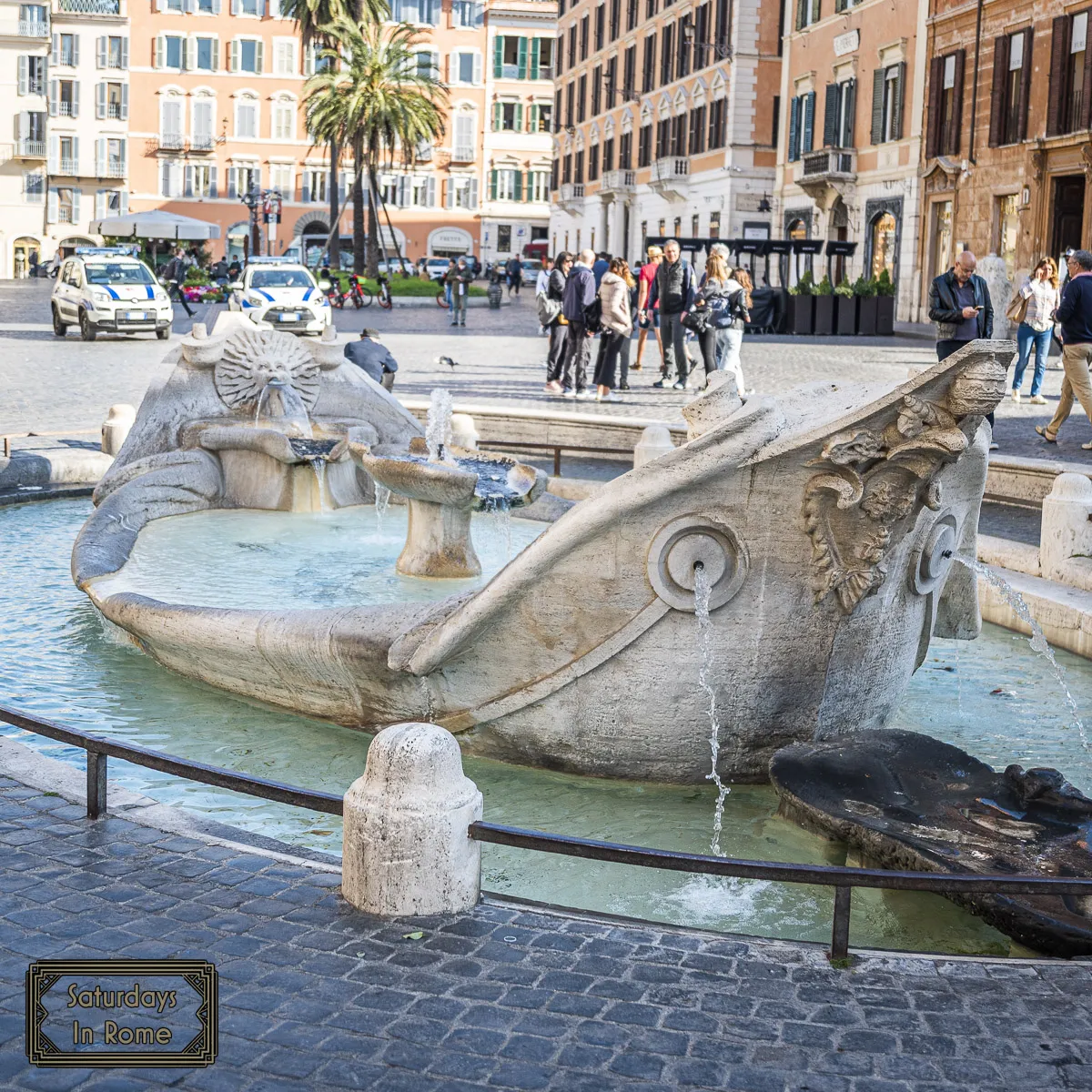
According to legend, as the River Tiber flooded in 1598, water carried a small boat into the Piazza di Spagna. When the water receded, a boat was deposited in the center of the square and it was this event that inspired Bernini’s creation.
I included this Fountain not because it’s beautiful, it isn’t, but because of the name. Barcaccia is an insult in my opinion. The Italian word for boat is Barca, but when you add the suffix -accia to a word it denotes something bad. Like parolaccia, which is a combination parola meaning word with the addition of the suffix -accia now means swear/curse word. Barcaccia is derogatory for a ship, like calling it a tug or a bucket, which is apt!
More Famous Fountains And Amazing Sites In Rome
If you enjoyed this post and want to check out more cool sites and famous fountains in Rome, you might enjoy checking out some of these posts as well:
- The Beautiful Rome Fountains You Must See On Your Next Visit.
- The Trevi Fountain Coin Toss And Other Amazing Secrets.
- Piazza Navona and the Three Beautiful Fountains.
- These Famous Fountains in Rome Shouldn’t Be Missed.
- Ancient Roman Fountains You Might Have Overlooked.
